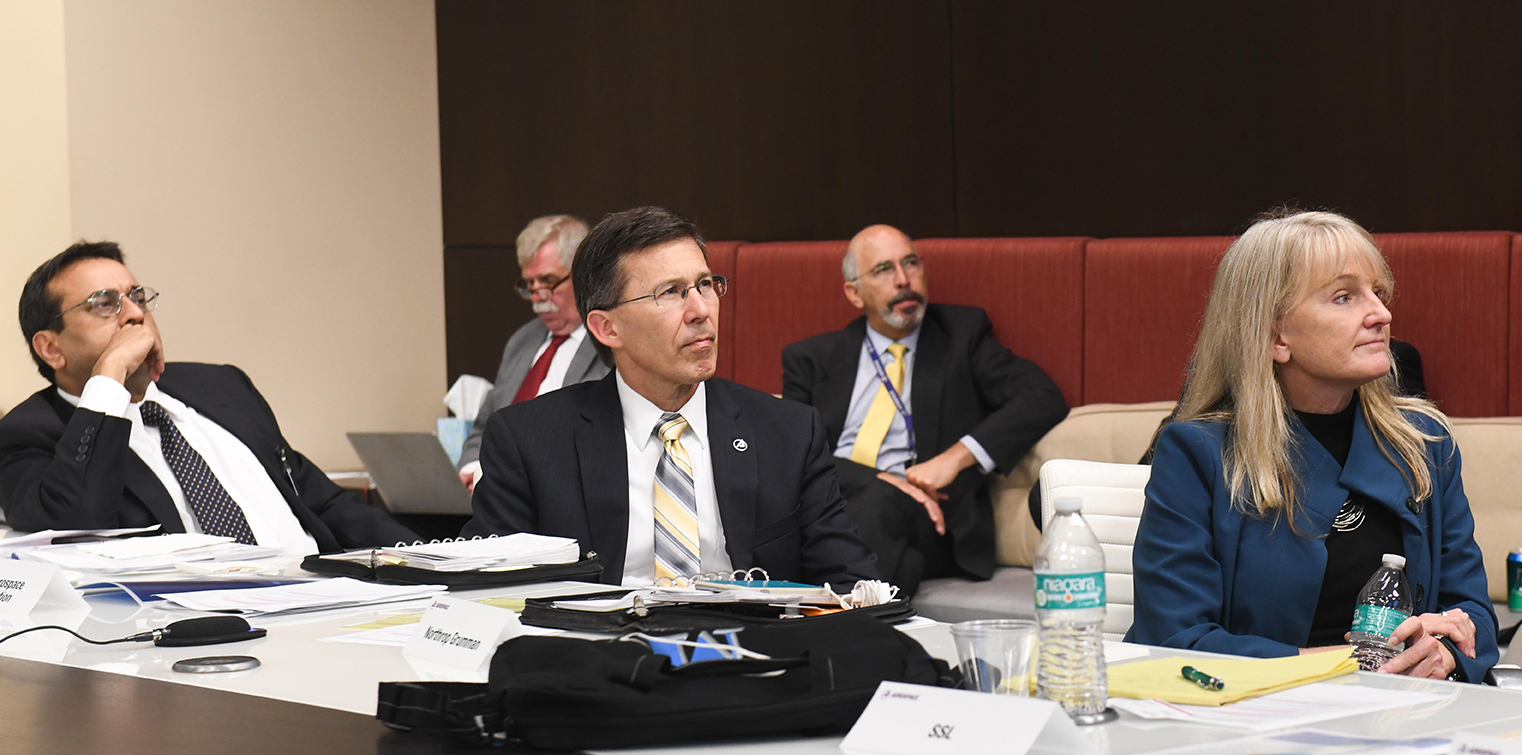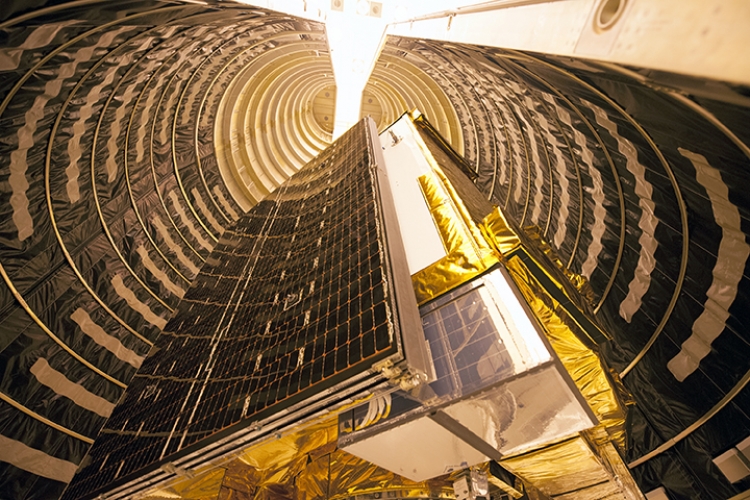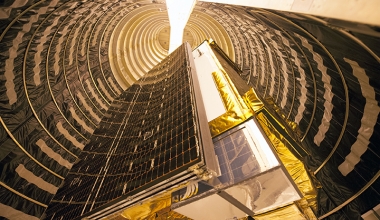Col. James Reynolds kicked off the June meeting of the Space Collaboration Council (SCC) with a discussion of SMC 2.0 Space Acquisition Transformation. Space acquisition is not broken, he said, and SMC is doing what it was tasked to do; however, the environment and threats have changed.
The driving question, he said, is: “How can we deliver the required warfighting capabilities faster?” SMC is implementing a “Go Fast” strategy that involves the use of new authorities and streamlined decisionmaking to bring about a new generation of segments that will work together in an emerging enterprise Concept of Operations (CONOPS). He signaled the new transformational approach will have achieved initial operational capability by this October.

Key Attributes of "Go Fast"
Dr. Wayne Goodman, Executive Vice President of The Aerospace Corporation, carried the “Go Fast” theme further, citing several key attributes of a robust enterprise that dominates the threat. These include acquisition speed, production speed, and innovative capabilities and practices, along with a stable industrial workforce and supplier base.
In the ensuing roundtable discussion, industry and government participants offered a number of potential opportunities and approaches for faster acquisition. These included onsite decisionmaking authority, changes in verification requirements, and contracts restructured to reward speed while maximizing capacity.
The main part of the SCC meeting addressed a number of topics that were submitted in advance by members. These focused on mission classes, cyberspace, and additive manufacturing.
Disaggregation of Mission-Class Requirements
With regard to mission classes, participants felt that uniform application of requirements consistent with a single mission class can limit incremental efficiencies that might be appropriate to subsystems or lower-level components. Disaggregation of the mission-class requirements could enable acquisition efficiencies, with alignment of required deliverables to match the risk posture of the program.
Similarly, effective implementation of cybersecurity controls for space systems remains challenging. Ideally, a system, subsystem, or component design could be qualified so that a subsequent instance would be considered a trusted product. Identifying which parts could be considered as trusted products with the applicable security controls is worthy of further exploration.
Additive Manufacturing as a Commodity
Additive manufacturing is already being used to create primary flight structures, and the future will bring more moveable assemblies. Given the fast pace of adoption, more insight is needed with regard to reliability, repeatability, and variability in materials and processing. Members wanted to further investigate implementation of additive manufacturing as a commodity.
The “Go Fast” theme reflects ongoing changes throughout the entire space customer base. The government acknowledges the need to partner with industry to find acceptable solutions that balance speed, agility, and performance to outpace the threat.
For more information, contact Gail Johnson-Roth, gail.a.johnson-roth@aero.org.
This story appeared in the September 2018 issue of Getting It Right, Collaborating for Mission Success.
Subscribe to Getting It Right






